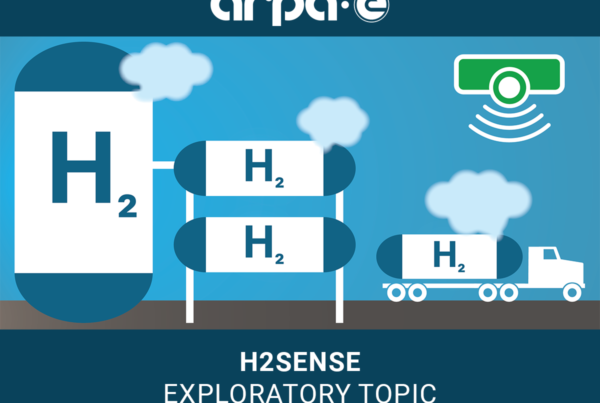
5G brings new opportunities to rural areas by expanding cell phone service and internet coverage, but it faces a few challenges. Economic and geographic constraints can make the technology hard to implement, leaving vast swaths of the planet without coverage. Now, a new hydrogen-powered, high-altitude pseudo-satellite (HAPS) can broadcast 5G from the sky. If the technology gets off the ground, it could propel fuel cell technology into the spotlight.
The Benefits of Hydrogen Fuel Cell HAPS
Currently, all HAPS are solar panel based. These uncrewed aerial vehicles (UAVs) can trace slow, breezy circles in the sky for days thanks to the photovoltaic panels on their wings. But sun-loving pseudo-satellites have a few constraints that make them incompatible with carrying a 5G antenna. Here’s how fuel-cell-based UAVs could be game changers.
1. Greater Carrying Capacity
The Airbus Zephyr has already proved its mettle by soaring tens of thousands of feet up on its solar-powered wings,
spending 64 straight days in the air — and breaking uncrewed-aircraft endurance records — before abruptly crashing. HAPS technology is still new and there is plenty of time to refine these featherweight gliders to make them viable for government surveillance, environmental monitoring, and limited mobile phone coverage.
But what solar HAPS have in endurance, they lack in strength. They simply cannot fly with a heavy 5G antenna in tow. Hydrogen fuel provides an added boost for vehicles to carry larger payloads.
2. More Power for Takeoff
Even if a solar HAPS could carry a 5G antenna, there’s still the matter of getting it up to cruising altitude. Solar gliders struggle to accelerate upward through wind and rain — adding weight means they need even more power to reach cruising height. Hydrogen fuel cells can provide that power.
3. No Dependence on Sunlight
Another practical consideration for bringing 5G to the skies is climate. A solar-powered UAV might do OK in sunny California but struggle in extreme northern or southern latitudes. Adding hydrogen fuel cells — even supplemental to photovoltaic panels — would create a source of stable power in all weather conditions.
4. Lower Costs
Building 5G infrastructure can be expensive. A macrocell tower can cost $200,000 for installation, with small cells going for roughly $10,000 apiece. The U.S. would need to invest $130 billion to $150 billion in optical fibers to build an independent 5G infrastructure.
Additionally, telecom companies must rent the land around their 5G masts. The result is even higher costs on top of an already expensive technology. Putting 5G antennas in the air means the telecom industry could spend less on land.
5. Improved Aesthetics
The world creates over 2.5 quintillion bytes of data daily, which is only growing. Bringing 5G to rural areas is becoming a pressing need.
However, as practical as 5G towers are, they can look jarring or downright inappropriate in particular landscapes. National parks, cultural landmarks and historic sites are just a few places where cell towers face social pushback. Moving the antenna skyward keeps it out of sight while still providing coverage on the ground.
Popularizing Fuel Cells
The growing desire for 5G coverage could benefit the fuel cell industry enormously. Hydrogen has been on the back burner for some time as wind and solar energy have expanded. But if projects like Stratospheric Platforms’ hydrogen HAPS take off, the resulting demand for fuel cells could skyrocket. The public might see hydrogen is a viable alternative to fossil fuels.
The Sky’s the Limit
Hydrogen-based HAPS may not set any endurance records, but they will provide the power necessary to launch 5G skyward — and keep it there for days at a time. The technology could spur additional growth in the struggling fuel cell industry. In a time when the world desperately needs solutions to the climate crisis, boosting hydrogen fuel’s reputation is a step in the right direction.


Jane Marsh, Contributor
The views and opinions expressed herein are those of the authors and do not necessarily reflect the official policy or position of Fuel Cells Works, its directors, partners, staff, contributors, or suppliers. Any content provided by our contributors or authors are of their own opinion and are not intended to malign any religion, ethnic group, club, organization, company, individual or anyone or anything.
Read the most up to date Fuel Cell and Hydrogen Industry news at FuelCellsWorks




